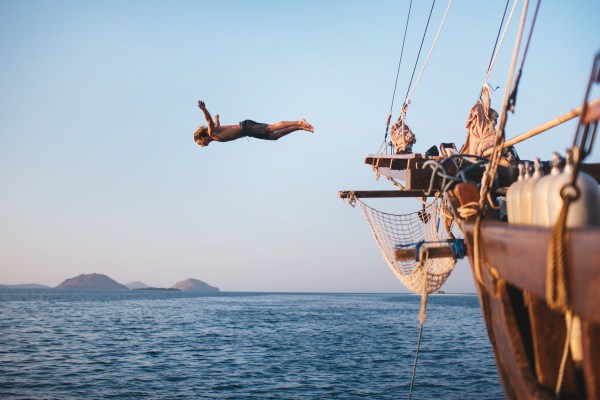
Most of us spend an exorbitant amount of time trying to figure out our next move. Career move, financial move, educational move. What major do I to pick?, Where should I live?, What to do?, Should I even…?
We spend a lifetime losing sleep about tomorrow. Wondering if we’re ready. If we’ve planned enough. If we picked the right path. Focusing so much on the future that we forget the present has any appeal at all. Then we double back on ourselves and ask, “Am I appreciating this moment enough? Am I carpe diem-ing?”
We stress and stress and stress and then we meet a guy like adventure photographer Max Lowe, who just seems to know how to…breathe. Sure, Max probably has his share of angst just like every other young creative, but he always seems to float just above the fray. He spends time with family, appreciates his friends, and travels because he genuinely loves to travel. Telling the stories is a passion — whether he was making a living off it, or supporting his adventures by working at a coffee shop (something he was doing not so long ago).
I sat down with Max, who was in the middle of filming a National Geographic documentary, to discuss the in’s and out’s of the creative life, how he got to where he is, and how the hell he manages to seem so calm.
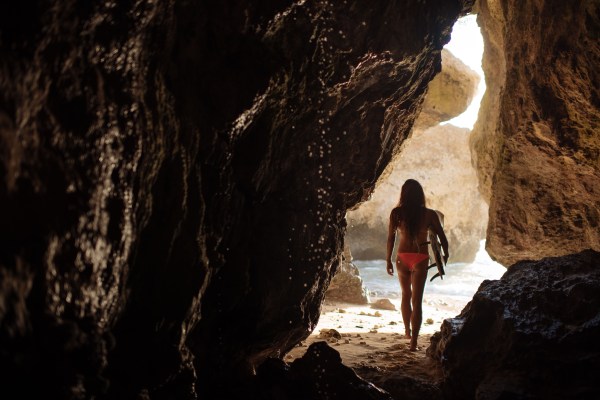
So what, exactly, are you doing in the Bahamas?
I’m down here doing a project for National Geographic Adventure. I’m directing and shooting on the project, and a buddy flew out to second camera and DP on the project with his girlfriend who is our producer. I’m in Nassau tonight, but he’s already out on Long Island — which is one of the more remote islands — because he got here a little bit early today and was able to fly out.
I’ll fly out there soon, and we’ll be out there for six days working with this dude who’s a world-renowned free diver and runs a free diving school and competition in Dean’s Blue Hole on Long Island. It’s one of the deepest blue holes in the world. It’s like 500 feet or 600 feet deep. It’s basically like a giant, underwater cave with a hole in the top.
We went to one of those in Belize, didn’t have time do dig into it. We were just like, “Oh, it’s a giant blue hole.” (laughing)
That’s pretty much what Dean’s Blue Hole looks like unless you’re diving into it.
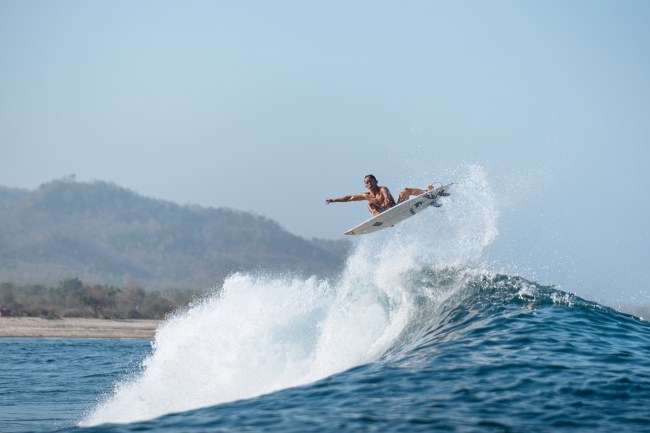
So, when did you start doing what you do?
As far as storytelling goes, my parents gave me a camera when I was probably a freshman in high school. It was an old Nikon film camera that I took with me whenever I traveled with my family.
I remember going on a trip to Peru with a group of kids from my high school, which was the first trip I’d taken without my family. I came back and developed all the images I brought back from that trip in the dark room at my school. I can still picture the moment I saw the prints coming out of the bath and realizing there is something really magical about having a tangible piece of history that you created. That was the beginning of my interest in photography and visual storytelling.
I enjoyed the idea of telling stories for a living and having a way to inject myself into complex situations that I was inspired by but maybe not technically a part of. It felt like an opportunity to insert myself into worlds and opening a door to a unique view inside.
Was photography something you felt naturally good at when you first picked up a camera?
I think there are a lot of people who are immediately gifted at photography, and I’ve progressed a lot over the years; but when I look back on my older imagery, I definitely don’t think, “Ah man, I was an amazing photographer from day one!” (laughing) I’ve been able to cut through a bunch of history, and I think I’ve made it where I am today because I just did it for a long time. Photography intrigued me from the beginning and was something I was really curious to pursue. I thought it was an exciting way to look at the world, so I just kept doing it. When I started taking photography jobs, I got paid very little for a long time, but one thing kind of lead to the next, and now… I’m here.
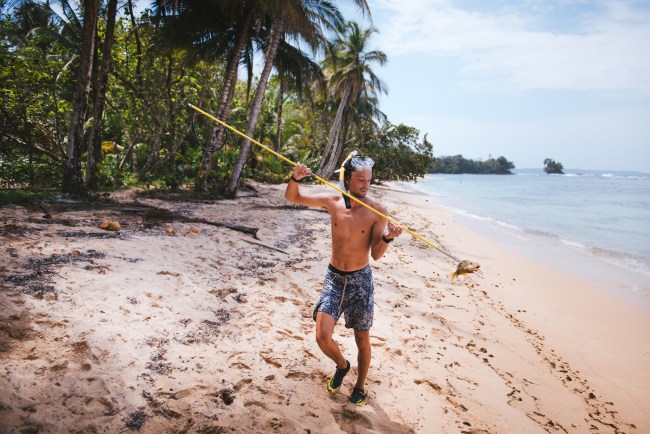
At this point in your career, if a job pays nothing, but is still an interesting story, do you still go for it?
Yeah. Obviously, it depends on the story, now that I do it as my full-time job. If someone else just wants to have me on a project to benefit themselves in some way, then no. But if a friend of mine wants to do something meaningful, that’s different.
For instance, right now I’m talking to a buddy about going to Myanmar to do a story on dam projects that the government is proposing to put in on the Irrawaddy River. He wants to float down the river to document the culture that will be squelched out by the giant reservoirs and put together a photo story of the impact of the dam on the people there. I’ll go do stuff like that for sure.
For projects like that, do you travel on your own dime?
Yeah. A lot of these trips are the same, like this past spring: I wanted to go skiing in Japan, so I paid for it with my own money and went with my friends. It wasn’t a job, but after the fact, I tried to recoup expenses by selling images to Patagonia and pitching the story to Delta Sky Magazine. That’s constant: if I’m not on assignment, then I’m off doing something I want to do, paying for it myself or getting expenses covered, and then making a story out of it after the fact.
There are definitely ways of thinking about personal trips as part of the job.
I assume you’d have to. That’s the only way to make it work, right?
I think that’s the most exciting way to work as a photographer. When you get eyes on your work, that’s when you feel the most value in what you’re doing.
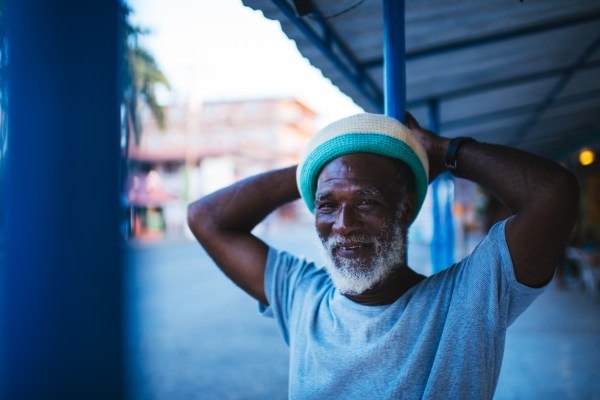
When did you start working with National Geographic?
My door in to Nat Geo was through their Young Explorers Grant Program, which is offered to anybody who wants to apply as long as they’re under the age of 26. Most of Nat Geo’s grants are research grants, so scientists or people studying conservation, ecology, or something like that can apply to support their grad work or whatever ground-breaking project they’re working on. They haven’t actually given out a ton of them to photographers, strangely enough, which I was kind of surprised by. It being National Geographic, I kind of assumed it’d be all storytelling.
They’ve always been synonymous with great photography, so you’d think they’d try to encourage that.
Well they definitely do: They encourage all the grantees to document their work as much as they can. But a lot of them are experts in vulcanology or indigenous cultures — they may be working on the projects, but they don’t necessarily know how to use a camera to document them.
Anyway, I received the Young Explorers Grant in 2012 while I was traveling over in India for fun with some friends of mine from high school. I got the word in a cyber café called Agra, right across from the Taj Mahal. I couldn’t really believe it. I traveled up to Nepal from there, where my parents were at the time: My dad, Conrad Anker, was going on an expedition up Everest for a National Geographic story for the 50th anniversary of the first American ascent.
I met up with their whole crew and hiked into Everest Base Camp, then came back down to the lower Khumbu region — the big valley that runs up to Everest — because my project was a photo re-creation study. I received a bunch of portraits of sherpas and towns from Gordon Wiltse, a Bozeman photographer who had been over there in the late ’60s. I went back to look for the people he photographed and ended up finding six or seven them. I took present-day portraits of them and pictures of the present-day towns.
The Khumbu region was Westernized faster than almost any other other place in the world. The Sherpa people went from being completely remote and isolated because they were subsistence farmers in the mountains, so no one built any infrastructure to get anything up there. Then in the ’50s and ’60s, when Everest became a thing and adventure tourism became a huge driver in the market over there, they instantly—in one generation—were pulled into the modern world.
Now they’re completely modernized. One cool example from my project was a portrait I took of a girl working in her parents’ shop selling yak wool hats and little biscuits, and she’s now a dentist in one of the towns. She went away to dentist school in Canada and moved back to the Khumbu region to work in the place she grew up in.
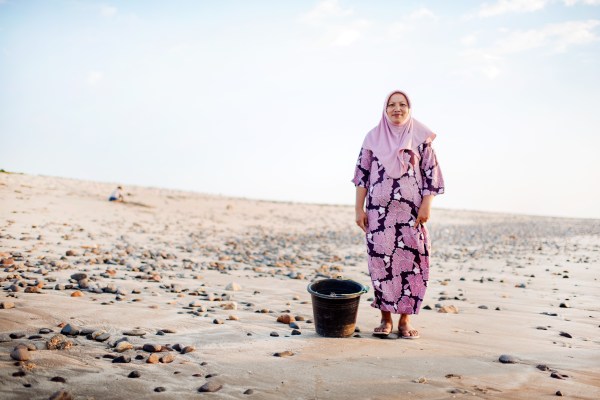
What did you do after that?
I came home to Bozeman after that trip and got a job serving coffee at a restaurant. (laughing)
That’s a hell of a comedown from living in Nepal.
Yeah. But then I was like, “Eh, fuck this. I’m just going to try to do photography full time.” That fall, I picked up a couple video jobs and started doing a fair bit of storytelling for a local publication called Mountain Outlaw Magazine.
I receive lots of emails from high-school kids asking me for advice on how to become a storyteller and a photographer. They probably want deeper advice, but looking back at my career and trying to figure out how I got to where I am, the best piece of advice I can offer is that you have to go out and find a story.
First and foremost, though, get a camera and then learn how to use it. (laughing) I learned how to shoot photos by doing it a ton. Shooting a ton and getting out in the field as much as you can and immersing yourself in situations where you feel out of your realm is where you grow as an artist the most — at least in my case. I’m most excited to go and shoot photos if I’m going somewhere new or faced with a new challenge. I think, “Alright, I’m entering into a new realm here, so I’m going to have to adapt and figure out how to make something out of this.” That’s where my favorite work comes from.
During that time [after Nepal], I just kept pushing things with National Geographic. You’re not “in” with them after you get their grant—they’re not going to start hiring you for stuff. But you do get access to the editors and other contacts within their organization. I knew they weren’t going to hire me to do stuff immediately, but I was going on trips and sending stories to my editor at National Geographic Adventure, who I work closely with now. I’d tell her, “Hey, here are some photos and a story,” and she’s post it up on their blog and give me a couple hundred bucks. And it has just evolved from that.
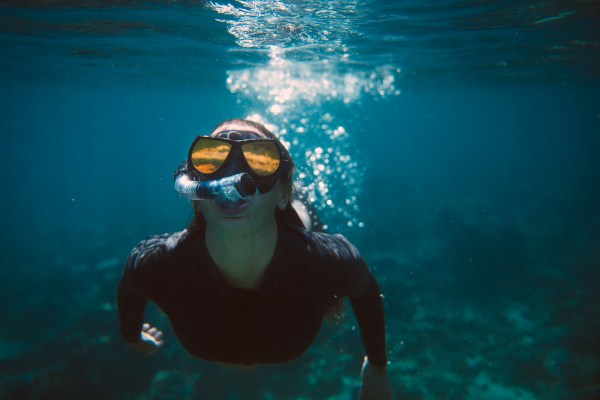
Have you ever found yourself in a tense situation? Like, have you ever been in a situation where you thought, “I might die or get malaria or be robbed if I do this.”?
I’ve never put myself in a situation with a story in mind and then had my life threatened by someone, but I’ve definitely made choices about things I wanted to do where I found myself in places where I was definitely really scared and uncomfortable. For instance, climbing Denali in the summer of 2013 with my dad was one of those times. It’s intense being up on huge precipices on mountains in the middle of a giant snowstorms. I’ve definitely grown up in the mountains and skied that stuff second-hand with my dad my entire life, but choosing to put myself in that type of situation was intense. Those are the stories and experiences that, even if you look back on them and think, “Eh, those photos could have been better,” make you realize that when you put yourself out there, that’s when you learn and grow the most.
Two years ago, I went to Indonesia with my friend Walker. He wanted to go out to some remote islands to surf. I surf occasionally, but I suck at it. I decided to go with him anyway, just to take pictures, and I ended up getting dengue fever. (laughing) I didn’t know I had it until after the fact, but it was probably one of the closest times I’ve been to dying.
There is inherent risk in everything you do. I try and avoid it, for the most part. There are situations where you know you’re in an unacceptable amount of danger. Keep trying new things, even if you’re scared. As long as it doesn’t kill you, it’s going to make you stronger, as the old saying goes.
Have you ever gotten yourself in too deep to the point where you couldn’t deliver on an assignment? Or something went horribly wrong, or you didn’t like the end result?
Doing art as your job is a strange thing. Whenever you’re hired to do something that you’re just creating out of thin air, it’s technically really hard to place value on it — it’s hard to know what to charge people. Also, it’s hard to feel good about taking money from someone for doing something you enjoy anyway, depending on how much work you put into it, the circumstances surrounding it, and how proud you are of the end product and everything. But then again, depending on what you promise, sometimes it turns out that the client wasn’t expecting what you thought you needed to deliver.
I’ve never had a completely botched job where I came back and totally blew the whole shoot, and I hope I don’t have any horrible failures in the near future. (laughing) But there have been times when I’ve definitely done work I was less proud to turn in. I felt like I wasn’t able — due to whatever circumstances — to do my best work. But when it comes down to it, you have to turn in whatever you did with the time you had.
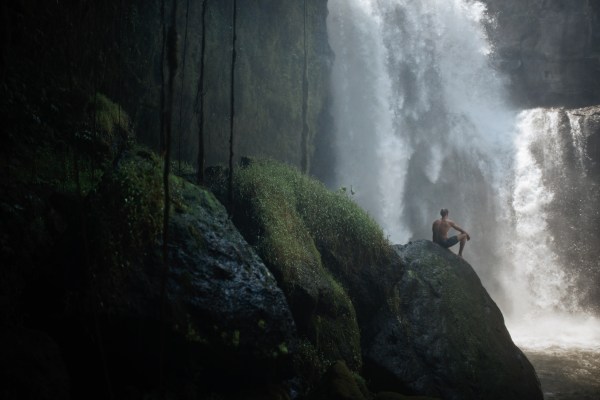
It sounds like you’re primarily self-taught, but have you had people along the way who showed you the ropes?
I’ve definitely learned the most just from being in the creative community I exist within. I didn’t know what white balance was for probably the first three to four years I was using a camera. (laughing) My friend CJ taught me a lot about how to technically use a camera and put it to use as an efficient tool, and my friend Tammi taught me about branding myself. I’ve learned a lot from every photographer I’ve met along the way.
After working on that Young Explorer’s Grant project in Nepal, the lead photographer on my dad’s Mount Everest expedition got sick and had to leave, so his assistant took over as lead shooter on the story and ended up hiring me to come on during the last three weeks of the expedition to work as his photo assistant. In that three weeks, I feel like I learned so much, just from being thrown into the fire like that.
And last summer, I went on a three-day camping trip with my friends Forest Woodward, Becca Skinner, and Elliot Ross, who are all photographers. I feel like when you come into contact and synergize with other creatives, that’s when you really get the juices flowing as far as learning the technical side of your trade. Everyone has pieces of knowledge that everyone else doesn’t, so when you rub shoulders, you’re picking up and laying down stuff for your friends and fellow creatives.
It’s easy to forget that no one truly accomplishes anything alone.
Right. Nothing we do is absolutely original. Everything is inspired.
Do you miss traveling for pleasure, without being on the clock?
Yeah, but I try and make sure I do travel for myself. I took a trip to Japan, and I spent some time down in Panama with my friend Walker. Those were trips for fun, but I’m pitching stuff after the fact just to make myself feel better about spending money on not working. (laughing) While I’m down there, I’m still shooting a bunch because it’s something I genuinely enjoy doing.
It’s really important to take the time to nurture yourself. In the end, you’re pulling all of this creative value out of your own mind, so you need to make sure it’s healthy and not too stressed out. You need to make sure you’re happy with your life and relationships and that you’re spending enough time with your friends and family. I think when artists get into creative funks and pits of self-despair, it’s a sign that they’re working too hard. You need to give yourself time to recharge and give whatever you do the space it needs to be something you still love doing.
No one really thinks about working less when that happens, though. If someone starts feeling creative stifled or stressed out, they usually think, “I’m not working hard enough!”
The outdoors is my escape in those situations; I go outside to distance myself from the world and try not to answer emails for a week or two. It’s important to give yourself the freedom and space to notice what’s around you, because your appreciation for the world around you is how you were inspired to become an artist in the first place.
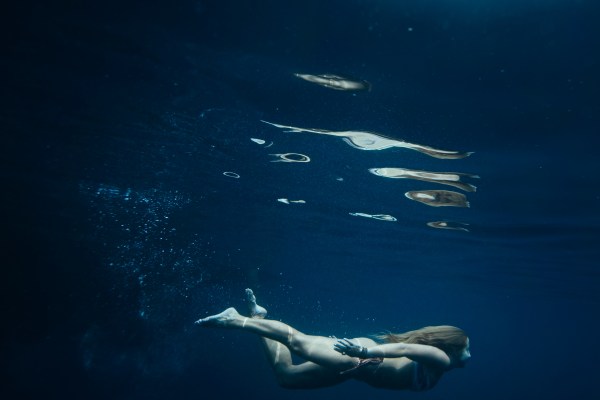
What are you looking forward to in the future?
I’m working on a lot of projects with National Geographic Adventure, and I’m doing some cool work with some big clients, but I still haven’t done any major commercial still shoots, which is something I’d like to start doing.
As far as my journalism career goes, I’m doing a story this summer with National Geographic Magazine on jaguars. I’m working as a photo assistant under photographer Steve Winter. I probably won’t be shooting a ton, but I’ll be working with him and setting up camera traps and traveling. It’s going to be an awesome learning experience in a new realm of storytelling. It’s actual field journalism, where you’re going out and searching for a story no one else has told before. I’d really like to start doing more of that style of work, like the Myanmar river project I want to do. I want to tell stories that highlight situations that affect our planet’s wellbeing and the wellbeing of humanity. It’s great to tell stories about traveling to cool places and adventuring there, but a lot of times it’s like empty calories as far as the storytelling goes. (laughing)
Ultimately, you want to produce things that will change the world for the better.
Yeah. You want to feel like you left a positive impact. I mean, every situation is different. As my career has grown to where it is, where I now have consistent work and am making a decent enough living that I can start being more choosy about what stories I take. Up until last year, I was taking whatever work came my way, because that’s what you do when you’re just starting out. But, going forward, I’d definitely like to think more about the clients I work with and the projects I take on. You have to take a few big jobs where you’re just working and putting your creative mind on the chopping block and making a living, but I’d like to start cutting out time to dedicate to projects I believe in, like working on a short documentary film about something I’m passionate or excited about unveiling. Projects like this National Geographic Magazine story: I’m not going to get paid a ton, but I’m going to learn a shit-ton. I’ll probably have to turn down a bunch of other potential jobs that would pay a lot more, but I really want to grow. If you’re not happy with the work you’re doing at the end of the day, then it doesn’t matter how much money you’re making. That’s admittedly a privileged point of view, though.
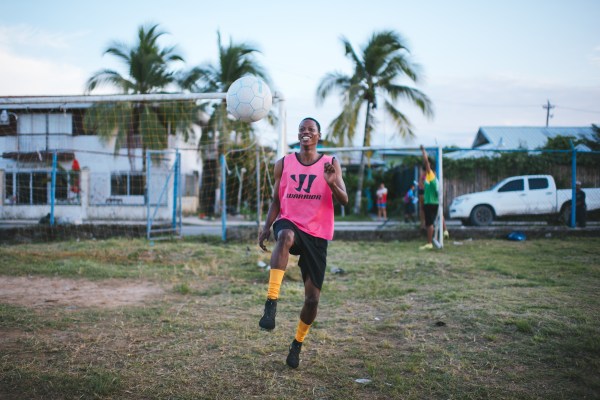
Was wanting to become a professional photographer an instinctual choice to make, as opposed to feeling pressured to do something more “practical” to make a living?
Not necessarily. When I graduated college, the summer after I got back from Nepal, I came back home and took a job making coffee. I didn’t just have work as a photographer all of a sudden. Working with National Geographic on the grant opened a bunch of doors, but I still didn’t think I’d ever be able to make a full-time living doing photography and telling stories.
Do you still worry about being able to make a living?
Oh, yeah. It’s a very fickle and strange world. It all comes down to people’s perceptions and your relationships with your clients.
Now that you’ve been doing this for a while, you recently hired an agent. How’d you go about doing that?
When I worked on my grant project, I had some photos published in a National Geographic book. If you’ve had any work published in books or print magazine with them, National Geographic creative will represent you. I’m on a non-exclusive contract with them, so that means I can choose to have them represent me in relationships with clients or not. I can do it myself, or I can ask them to be my rep and take a cut off the top, but they have a very deep understanding of the industry, what the standards are. It takes a whole lot of stress and pressure off my shoulders, because now I don’t have to argue with my editor and the people in media for rates and deliverables and all of that sort of stuff. It’s definitely a bigger game.
In a creative field, there’s always that looming fear of, “What if this is my last gig?” Do you think that fear ever subsides?
No, I don’t think it does. But as long as you’re out there building on the experiences you’ve already had, then the work you produce is going to be a reflection of that. You’re not going to become a worse photographer. (laughing) You’re not going to become a worse writer than what you already are. Yeah, there might be some down times when you have less work, but you just have to look at those times as opportunities to create something on your own that you can put out into the world and get potential jobs from.
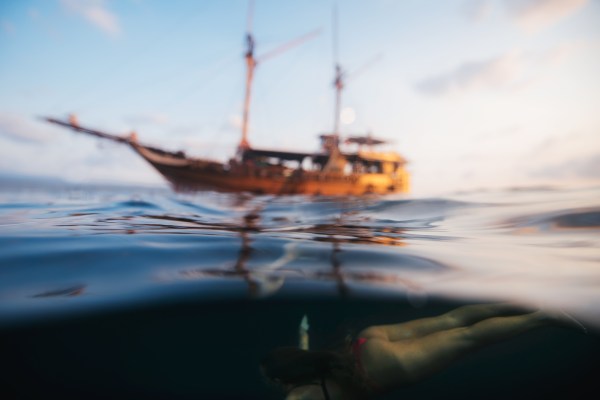
Scroll down for more photos and quotes from Max Lowe
I don’t think that any creative is creatively fulfilled where they are. You have moments where you’re like, “Yeah, I feel good about that thing that I did.” But, especially if you do it as your job, you’re always looking at what you’re going to do next and how you’re going to do it better and increase the value of what you do.
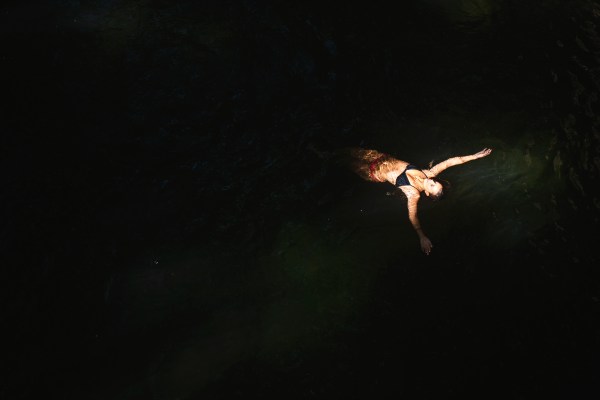
I’m eternally grateful for all the opportunities I’ve had. You just have to be comfortable in your own skin. People respect and respond to that, when you’re genuine and human. That’s why, when high-school kids email me asking for advice, I try to email them back. I appreciate that, and their writing to me makes the job worth it just as much as anything else.
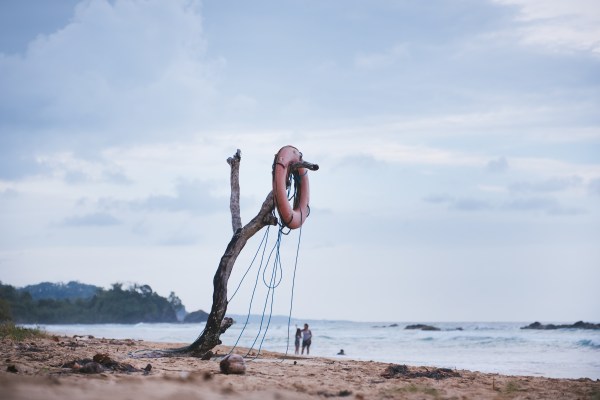
Everybody, regardless of what we do, falls into ruts. You do the same stuff over and over again, but creativity comes from breaking out of that rut. If you want to evolve as an artist, if you want to tell stories that are meaningful to you and potentially other people, if you want to produce something people might want to buy, then you have to go and seek out things that are new and different and sometimes scary.
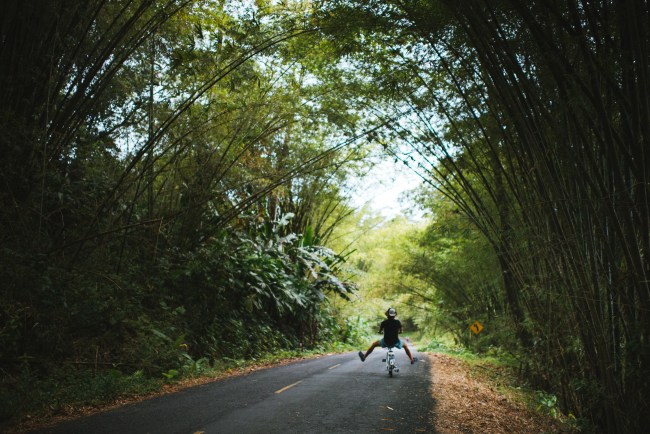
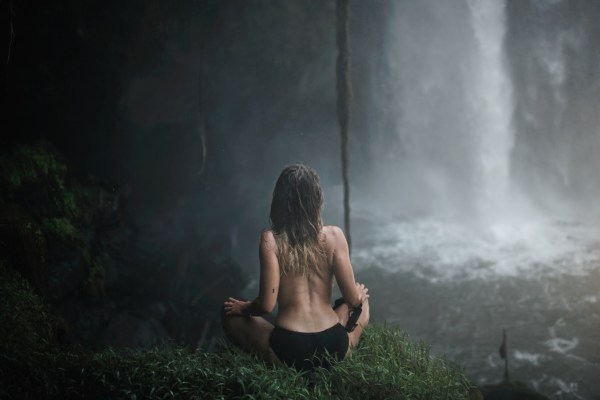
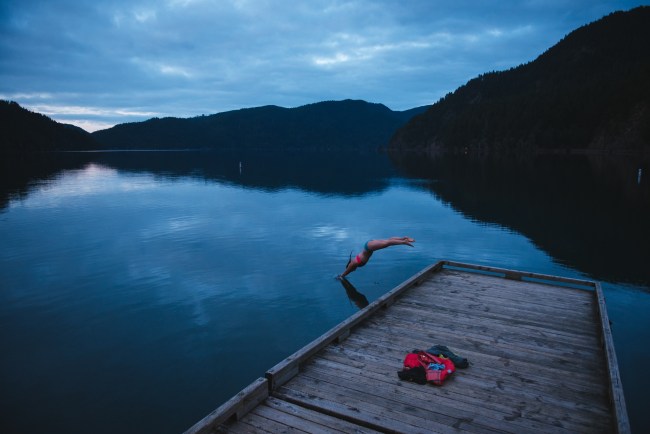
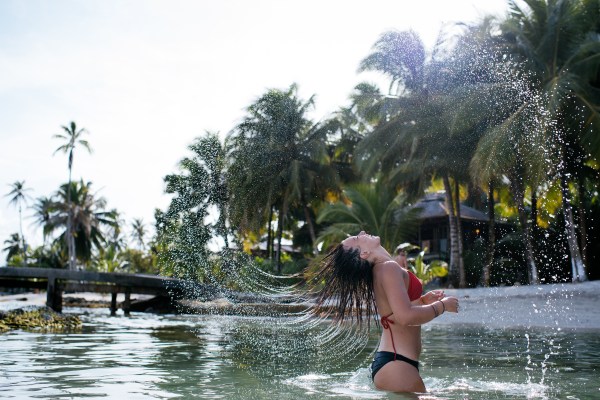

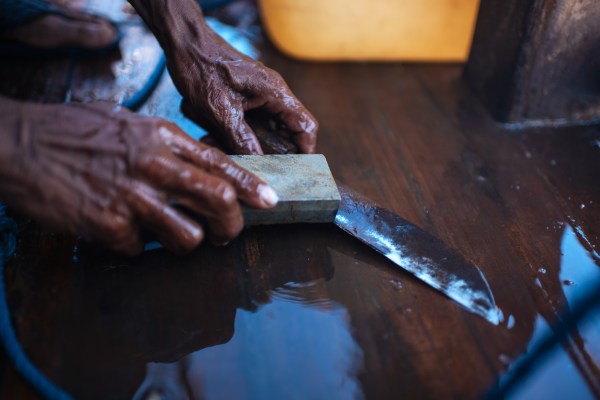
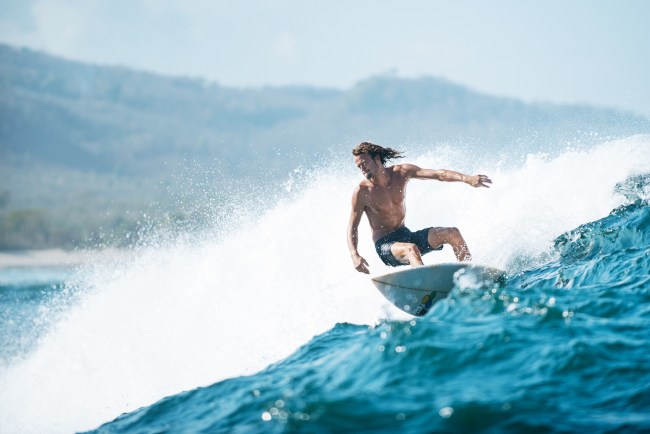
Transcription by the very talented Tammi Heneveld
The Mad Ones is a reference to a famous quote from Jack Kerouac’s On the Road: “…the only people for me are the mad ones, the ones who are mad to live, mad to talk, mad to be saved, desirous of everything at the same time, the ones who never yawn or say a commonplace thing, but burn, burn, burn like fabulous yellow roman candles exploding like spiders across the stars and in the middle you see the blue centerlight pop and everybody goes ‘Awww!'”
Watch this series for interviews and profiles with people doing big, wild, bold, creative things with their lives. #TheMadOnes






